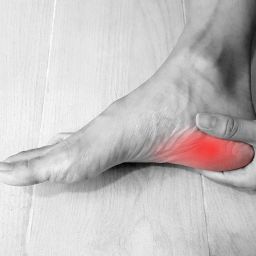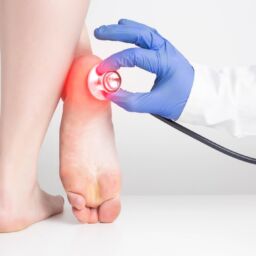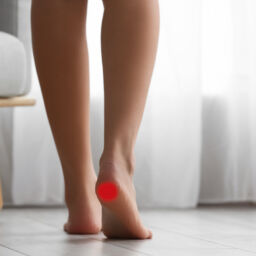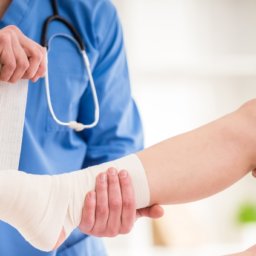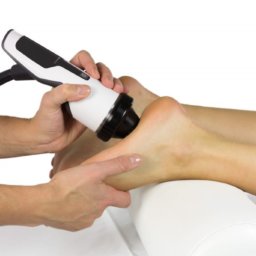
Heel pain can disrupt your daily life. Walking becomes difficult. Exercise feels impossible. Simple activities cause discomfort. If conservative treatments have failed, heel spur surgery might be your answer. Many people suffer from heel pain without understanding their options. This guide explains when surgery is necessary and what to expect during the recovery process.
Understanding Heel Spurs and Their Impact
Heel spurs are bony growths that develop on the heel bone. They form due to repeated stress and calcium deposits. These bone spur formations often occur alongside plantar fasciitis. The inflammation of the plantar fascia ligament creates ongoing pain. This thick band of tissue connects your heel bone to your toes. When it becomes inflamed, walking becomes painful.
Several factors contribute to heel spur development:
- High arches that create extra pressure
- Flat feet that strain the plantar fascia
- Poor footwear choices
- Running and high-impact activities
- Age-related wear and tear
 When Doctors Recommend Heel Spur Surgery
When Doctors Recommend Heel Spur Surgery
Most cases don’t require surgery. Conservative treatments work for many patients. However, your doctor may recommend surgery when:
- Chronic heel pain persists for six months or longer
- Pain medications provide no lasting relief
- Physical therapy fails to improve symptoms
- Orthotic devices don’t reduce discomfort
- Weight bearing activities become impossible
- The bone spur significantly limits mobility
Surgery becomes an option when non-surgical treatments fail. Your healthcare provider will evaluate your specific situation carefully.
Types of Surgical Procedures
Two main surgical approaches treat heel spurs effectively:
Release Surgery
This procedure addresses the inflammation of the plantar fascia ligament. Surgeons partially cut the plantar fascia to reduce tension. This release surgery relieves pressure and allows healing to begin.
Heel Spur Removal
Surgeons remove the heel spur directly during this procedure. They eliminate the bony growths causing irritation. This approach targets the source of pain specifically.
Both procedures can use different techniques:
- Open surgery through larger incisions
- Minimally invasive surgery with smaller incisions
- Endoscopic techniques for precise treatment
Your surgeon will choose the best approach for your condition.
What to Expect During Recovery
Heel spur surgery recovery time varies between patients. Several factors affect healing speed:
Immediate Post-Surgery Period:
- Pain and swelling are normal initially
- Ice and elevation help reduce inflammation
- Pain medications manage discomfort effectively
- Rest is essential for proper healing
First Few Weeks
- A walking boot protects the surgical site
- Weight bearing restrictions apply initially
- Gradual activity increase as healing progresses
- Follow-up appointments monitor recovery
Long-Term Recovery
- Physical therapy restores strength and flexibility
- Normal activities resume gradually
- Full recovery typically takes two to four months
- Some patients heal faster than others
Maximizing Your Recovery Success
Several strategies improve surgery outcomes:
Follow Medical Instructions:
- Take prescribed medications as directed
- Attend all follow-up appointments
- Use assistive devices when recommended
- Report unusual symptoms immediately
Gradual Activity Progression:
- Start with gentle movements
- Increase activity levels slowly
- Listen to your body’s signals
- Avoid rushing the recovery process
Physical Therapy Benefits:
- Improves range of motion
- Strengthens supporting muscles
- Reduces future injury risk
- Speeds overall recovery
Making the Right Treatment Decision
Heel spur surgery isn’t right for everyone. Consider these factors:
- Severity of current symptoms
- Impact on daily activities
- Previous treatment attempts
- Overall health status
- Personal recovery goals
Discuss all options with your healthcare provider. They can evaluate your specific situation and recommend the best approach.
Long-Term Outlook and Prevention
Most patients achieve excellent results from surgery. Pain relief is significant in the majority of cases. However, success depends on several factors:
- Following post-operative instructions
- Completing recommended physical therapy
- Maintaining healthy foot habits
- Using proper footwear
- Managing underlying conditions
Prevention strategies help avoid future problems:
- Choose supportive shoes
- Maintain healthy weight
- Stretch regularly
- Replace worn footwear
- Address foot problems early
Take Action for Pain Relief from a Heel Spur
Living with chronic heel pain affects your quality of life. Conservative treatments should be tried first. When they fail, surgery offers hope for lasting relief. At Certified Foot and Ankle Specialists, our experienced team provides comprehensive care. We evaluate all treatment options carefully. Our goal is helping you achieve full recovery and return to normal activities. Don’t let heel pain control your life. Schedule an appointment for treatment options or book an appointment online instantly at any of our foot clinics today.
Frequently Asked Questions About Heel Spur Surgery
Q: How long does surgery take?
A: Most heel spur surgery procedures take 30 to 60 minutes. The exact time depends on the type of surgery and complexity of your case. Release surgery typically takes less time than complete removal of the spur.
Q: Is surgery painful?
A: You’ll receive anesthesia during the procedure, so you won’t feel pain. After surgery, some discomfort is normal. Pain medications help manage post-operative pain effectively. Most patients report significant pain reduction within a few days.
Q: What is the success rate of surgery?
A: Surgery has a high success rate, with 85-90% of patients experiencing significant pain relief. Success depends on following post-operative instructions and completing recommended physical therapy.
Q: Can heel spurs come back after surgery?
A: Heel spurs can potentially return, but this is uncommon when proper foot care is maintained. Using supportive footwear, maintaining healthy weight, and addressing foot problems early help prevent recurrence.
Q: When can I return to work after surgery?
A: Return to work timing depends on your job requirements. Desk jobs may allow return within 1-2 weeks with a walking boot. Jobs requiring standing or walking may require 4-6 weeks off work.
Q: Do I need physical therapy after surgery?
A: Physical therapy is often recommended to restore strength, flexibility, and range of motion. It helps speed recovery and reduces the risk of future problems. Your surgeon will determine if therapy is needed for your case.
Q: What are the risks of heel spur surgery?
A: Like all surgeries, heel spur surgery carries some risks including infection, nerve damage, and incomplete pain relief. However, serious complications are rare when performed by experienced surgeons.
Q: How much does surgery cost?
A: Surgery costs vary based on location, surgeon, and insurance coverage. Many insurance plans cover surgery when conservative treatments have failed. Contact your insurance provider to understand your coverage.
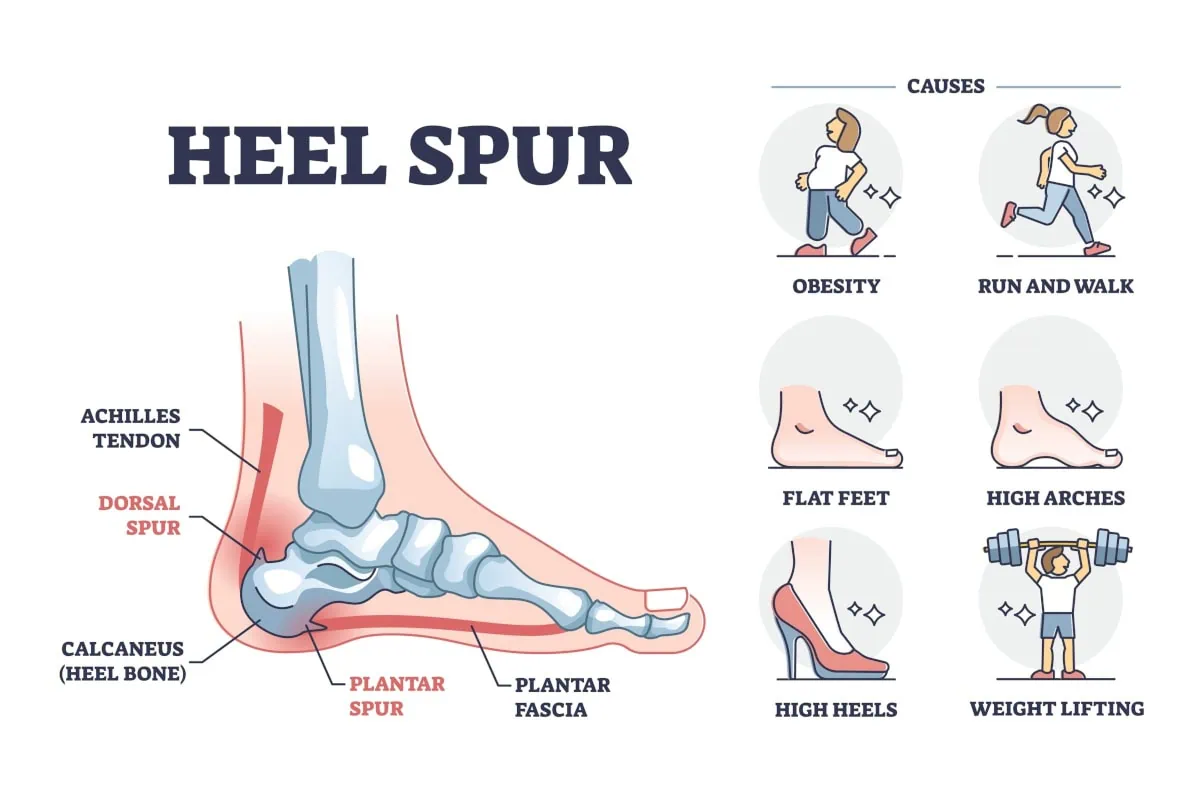 When Doctors Recommend Heel Spur Surgery
When Doctors Recommend Heel Spur Surgery